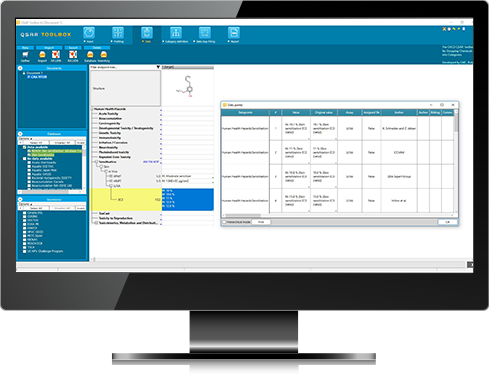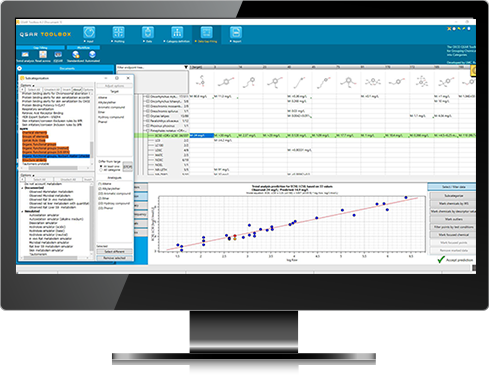Manuals

Toolbox 4.7.1 Release Notes
Toolbox 4.7 Installation Manual
Toolbox 4.7 Multi-User Server Manual
Toolbox 4.7 Getting started – Quick reference guide
Deploying the TEDRA plugin
Video Tutorials
Tutorials for previous Toolbox versions
Webinar by OECD & ECHA: QSAR Toolbox Version 4.0 Features
OECD QSAR Toolbox training
Predicting SS by making use of read-across
Predicting AMES by making use of read-across
Predicting aquatic toxicity to daphnia by trend analysis
Evaluating category consistency and subsequent
Building a custom profiler
Building a QSAR model
Predicting SS accounting for skin metabolism
Predicting SS accounting for abiotic activation
Predicting toxicity of mixtures for fish
Skin Sensitization of mixture
Implementation of AOP workflow in Toolbox SS
Illustrating customized search (Query Tool) in Toolbox
Endpoint vs. endpoint correlation using ToxCast data
Endpoint vs. endpoint correlation for apical endpoints
Predicting aquatic toxicity to fish account for tautomerism
Automated workflow for Skin sensitization
Standardized workflow for Skin sensitization
Automated workflow for Ecotoxicity

